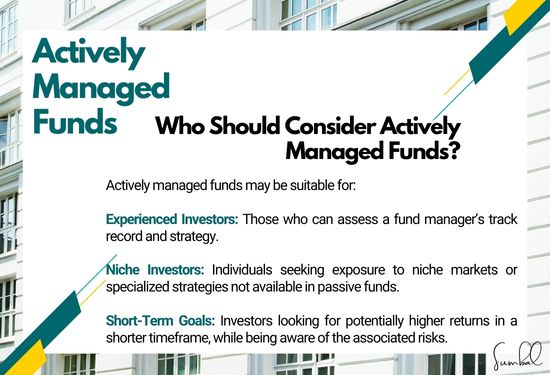In terms of investing, one of the most crucial considerations investors need to make is whether to invest in actively managed or passive funds. Actively managed funds are those funds that managers decide to buy or sell to beat a particular index. However, are such funds worthwhile with the higher fees and volatility that come with them? Here, we are going to detail what actively managed funds are, how they are different from passive funds, and whether these are wise investments or not.
What Are Actively Managed Funds?
An actively managed fund refers to a mutual fund or ETF where decisions are made by a fund’s manager or a team of managers. The aim is to earn more than a specific figure that is considered an industry standard.
The main features include:
- Professional Management: A team of experts constantly makes active choices as to which stock, bond or other securities to acquire.
- Dynamic Adjustments: The portfolio can be updated frequently according to market conditions or any type of opportunity.
- Higher Costs: This is because actively managed investors exert higher fees, known as expense ratios, on their funds.
Active vs. Passive Funds
It's critical to evaluate actively managed funds with passive funds, in order to assess their value.
Passive Funds:
- These funds need to mimic the index of a certain stock market like the Dow Jones or NASDAQ market.
- No management decision is made; it owns the same stocks as those in the index it follows.
- Index funds are relatively cheaper and offer more consistent returns albeit, compared to the market.
Performance:
- The primary reason investors go for actively managed funds is high returns. Skilled managers can sometimes beat the market over a given period, especially in volatile and inefficient markets.
- However, studies indicate that most active funds lag behind their benchmarks in the long run mainly because of costs and the difficulty of outperforming markets.
Cost:
- Actively managed funds’ fees vary between 0.5 – 2%, while passive index funds can range from as low as 0.03%. These high fees are an issue as they can reduce the profit and thus make it difficult to justify value.

Do actively managed funds justify their costs?
The answer depends on many factors, such as the investor’s investment objectives, tolerance to risk, and prevailing market conditions.
Advantages of Actively Managed Funds:
- Market Expertise: Experienced managers can leverage distortions in the market or even spot a gap in the market.
- Customization: It is also important to understand that some actively managed funds are designed for certain investment strategies, such as investing in a specific sector.
- Downside Protection: While passive funds track an index, active managers can take actions to reduce or at least limit their clients’ losses during a decline.
Disadvantages:
- High Costs: The higher expense ratios can greatly affect the net returns in the long run.
- Inconsistent Performance: A small portion of managers can beat the market consistently, especially in the long run.
- Higher Risk refers to trade frequencies, and the more frequent trades hold more risks compared to a standard index fund.





